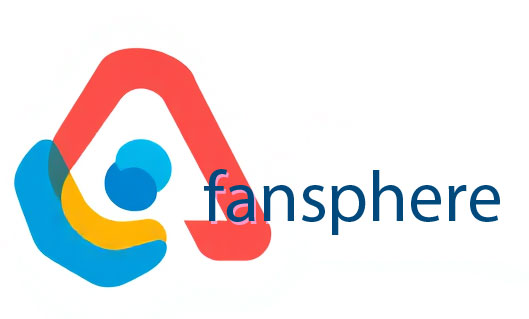So, how does this “magical” exchange of information occur? It all boils down to something called data packets. Think of these packets as tiny envelopes packed with pieces of your request and the responses coming back. They zip along various routes, often taking different paths to reach you. Just like traffic can slow down or speed up on the roads, some packets might arrive sooner than others, and the internet is designed to handle that chaos seamlessly.
Let’s not forget the role of Internet Service Providers (ISPs). They’re like the postal service, ensuring everything gets to you quickly and efficiently. When your device connects to an ISP, it’s like handing over your letters to a trusted courier who knows the best routes to take.
And that’s just the tip of the iceberg! The underlying infrastructure, protocols, and technologies behind it all contribute to this incredible web of interconnectedness, enabling our digital lives to flow smoothly. Amazing, right?
The Basics of Data Transmission
When we talk about data transmission, we’re looking at two main types: analog and digital. Picture analog as a vinyl record, where sound waves fluctuate, creating that sweet nostalgic vibe. On the other hand, digital is more like a crisp CD, where data is translated into binary code—just ones and zeros zipping around like a high-speed train. This shift from analog to digital not only improves speed but also enhances the quality of the information being transmitted.
Now, let’s dive into the methods used for transmission. You’ve probably heard of wired and wireless systems. Wired connections operate like a well-organized highway, where signals travel through cables, ensuring a smooth ride. Think Ethernet cables in your home. Meanwhile, wireless transmission is the free spirit of the bunch. It dances around in the air, using radio waves to reach your devices—perfect for those pesky spots where cables can’t reach.
And then there’s speed, folks! It’s as vital as a cheetah on a hunt. The speed of data transmission can be influenced by several factors, like bandwidth and latency. Bandwidth refers to how much data can be sent at once—like a two-lane road vs. an eight-lane freeway. Latency, however, is the delay before data starts moving, similar to getting stuck at a red light when you just want to zoom ahead.
So, the next time you send a message or binge-watch your favorite series, remember the incredible world of data transmission that makes it all possible!
How Servers and Networks Interact
Servers are like the chefs in a bustling restaurant. They’re the ones whipping up all the data-driven dishes you crave—whether it’s your favorite website, a video, or an application. When you send a request—like placing an order at that restaurant—the server gets to work, fetching all the necessary ingredients to serve you up a delicious slice of information.
Now, here’s where the network waltzes in. Think of the network as the waiter that carries your order from the kitchen to your table. It’s responsible for ensuring that the data flows seamlessly from the server to you, navigating through various routes (like busy thoroughfares), overcoming obstacles, and keeping everything on time. Just imagine being at a fancy restaurant where the waiter is both speedy and intuitive, knowing just how to dodge the crowd to deliver your meal piping hot.
But it doesn’t end there! These two—servers and networks—constantly communicate. They’re like a well-oiled machine, sending signals back and forth to confirm everything’s running smoothly. When a server encounters high traffic (think of a restaurant packed with diners), it can signal the network to reroute requests, ensuring nobody’s left waiting too long.
So, the next time you dive into an online adventure or scroll through your social feed, take a moment to appreciate this vital connection between servers and networks, working behind the scenes like magic. Isn’t it fascinating to think how much effort goes into what seems so effortless?























Add comment